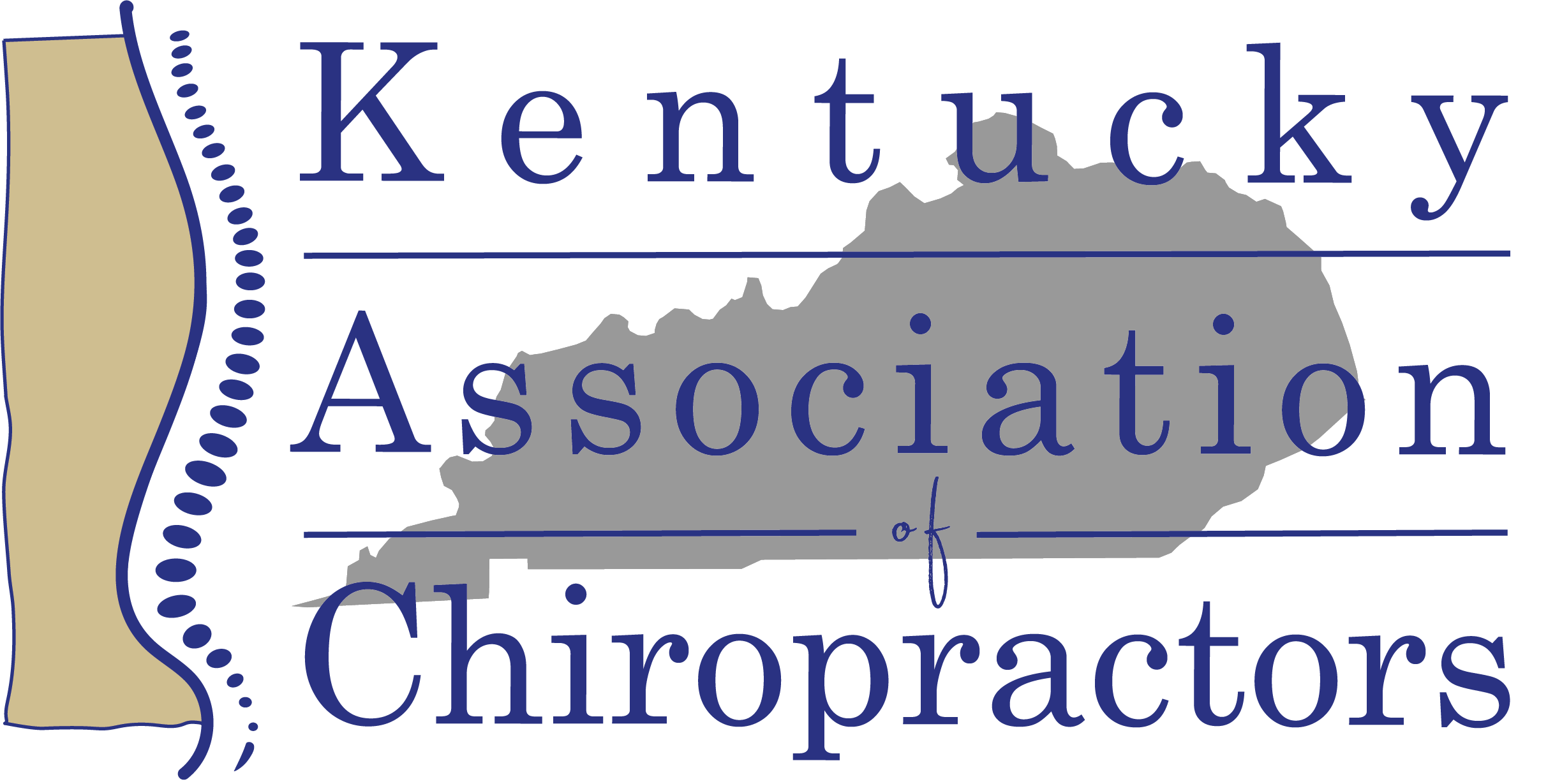PRESS RELEASE
In a recent systematic review study by Farabaugh et al. featured in Chiropractic & Manual Therapies, compelling findings underscored the value of chiropractic care for patients experiencing spine-related musculoskeletal pain. The study revealed that individuals who initially sought treatment from a chiropractor saw a significant reduction in healthcare costs compared to those under medical management alone.
“Spinal pain patients who consulted chiropractors as first providers needed fewer opioid prescriptions, surgeries, hospitalizations, emergency department visits, specialist referrals and injection procedures.”
These findings prompt a reconsideration of healthcare policies and benefit designs. Given the growing recognition of chiropractic care’s role in the medical landscape, it is increasingly evident that chiropractors integrated into healthcare teams could yield substantial financial savings for patients and systems. To align with the evolving trends in healthcare, it may be advantageous for U.S. healthcare organizations and governmental agencies to explore avenues for reducing barriers to accessing chiropractic services. By embracing this shift, we can enhance patient outcomes while optimizing healthcare expenditure for management of musculoskeletal pain.
This paper is available open access (for free) on the journal website: CLICK HERE Please read it and share it with stakeholders in your local region. This work was supported in part by the Clinical Compass and the NCMIC Foundation.
Clinical Compass is a chiropractic clinical and research collaborative that generates best practices research through consensus-based models. In addition, Clinical Compass maintains regularly updated evidence centers for 17 different clinical topics such as dry needling, opioids, and cost-effectiveness. To support the work chiropractic research and Clinical Compass, please donate here: Donate – The Clinical Compass
Abstract
Background
The cost of spine-related pain in the United States is estimated at $134.5 billion. Spinal pain patients have multiple options when choosing healthcare providers, resulting in variable costs. Escalation of costs occurs when downstream costs are added to episode costs of care. The purpose of this review was to compare costs of chiropractic and medical management of patients with spine-related pain.
Methods
A Medline search was conducted from inception through October 31, 2022, for cost data on U.S. adults treated for spine-related pain. The search included economic studies, randomized controlled trials and observational studies. All studies were independently evaluated for quality and risk of bias by 3 investigators and data extraction was performed by 3 investigators.
Results
The literature search found 2256 citations, of which 93 full-text articles were screened for eligibility. Forty-four studies were included in the review, including 26 cohort studies, 17 cost studies and 1 randomized controlled trial. All included studies were rated as high or acceptable quality. Spinal pain patients who consulted chiropractors as first providers needed fewer opioid prescriptions, surgeries, hospitalizations, emergency department visits, specialist referrals and injection procedures.
Conclusion
Patients with spine-related musculoskeletal pain who consulted a chiropractor as their initial provider incurred substantially decreased downstream healthcare services and associated costs, resulting in lower overall healthcare costs compared with medical management. The included studies were limited to mostly retrospective cohorts of large databases. Given the consistency of outcomes reported, further investigation with higher-level designs is warranted.
Citation:
Farabaugh R, Hawk C, Taylor D, Daniels C, Noll C, Schneider M, McGowan J, Whalen W, Wilcox R, Sarnat R, Suiter L, Whedon J. Cost of chiropractic versus medical management of adults with spine-related musculoskeletal pain: a systematic review. Chiropr Man Therap. 2024 Mar 6;32(1):8. doi: 10.1186/s12998-024-00533-4. PMID: 38448998; PMCID: PMC10918856.
https://chiromt.biomedcentral.com/articles/10.1186/s12998-024-00533-4

